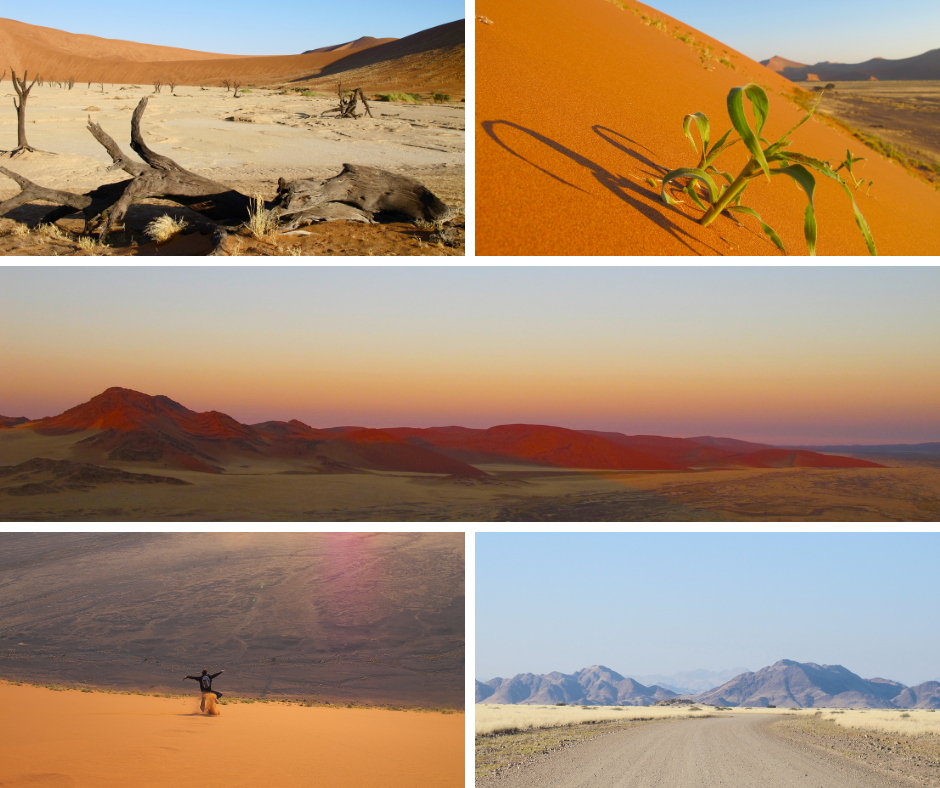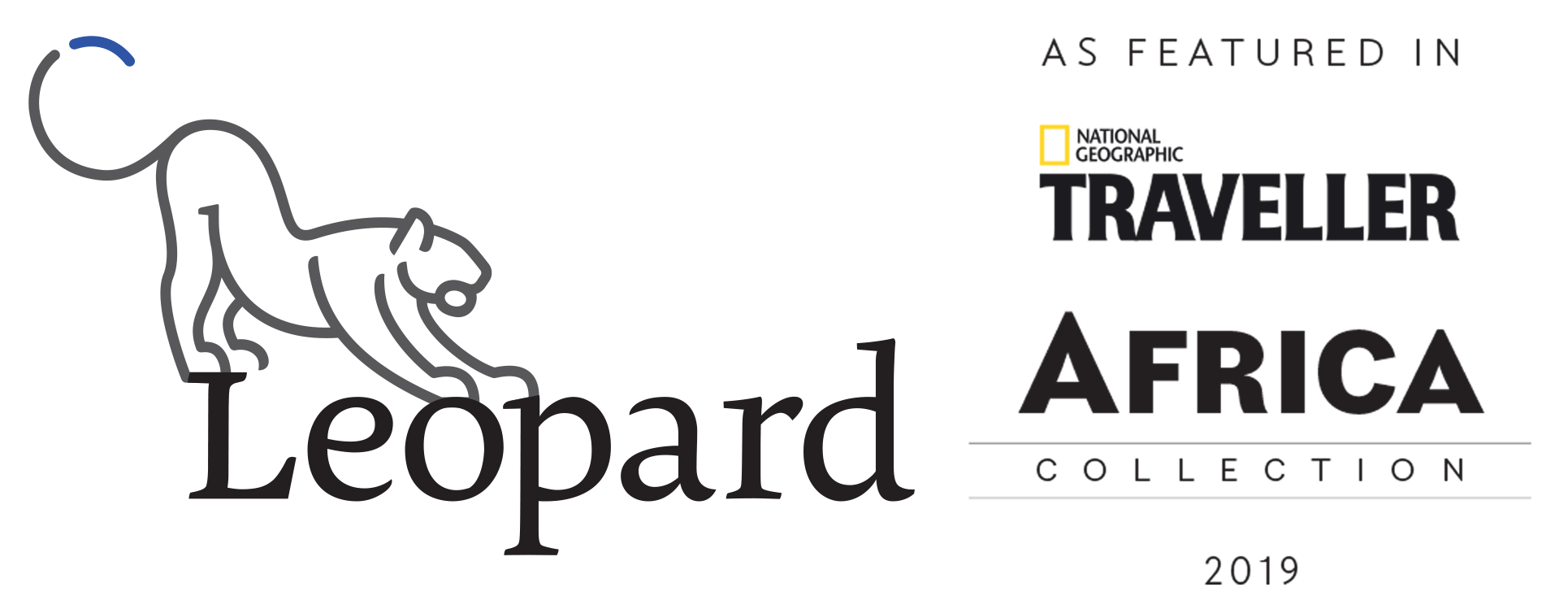An ancient and truly remarkable plant.
Welwitschia mirabilis is endemic to the Namib Desert, one of the world’s oldest and driest deserts. The plant has only two strap like leaves which grow throughout its lifetime. These leaves split and fray in the wind and heat, making it seem as though the plant has multiple leaves. The welwitschia has been around since the time dinosaurs roamed the earth, and carbon dating has estimated the average age of a welwitschia to be between 500 and 600 years, although some of the larger specimens are thought to be 2000 years old.
Welwitschia is ecologically highly specialised, and is adapted to grow under arid conditions. Rainfall in the Namib is less than 10mm annually and in order to survive these extreme conditions the plant has adapted to receive water from the dense fog that forms when the cold north-flowing Benguela current meets the hot air coming off the Namib Desert. The plant’s large leaves collect water by condensation. In addition, it has a very long tap root to reach sources of water underground. The best way to see these “fossils” is from the town of Swakopmund.
Namibia itself is a strange and remarkable place, not only because it is home to the welwitschia. It contains some of the most ethereal landscapes I have ever seen. Also, it has a coast called the Skeleton Coast which conjures up images of ghostly shipwrecks. Namibia is home to Etosha, one of the continent’s top national parks, known for its salt pans and rich fauna and flora. The hauntingly beautiful Namib desert, which gives the country its name, stretches from South Africa, along the west coast of Namibia to Angola. Read our highlights for a trip to Namibia here.
If you read our newsletter on birdwatching, you will know that one my of parents’ clients was a bird fanatic who was keen to see the shoebill. I remember walking through the dune sea just inland from Walvis Bay with my father and this client, trying to find the Dune Lark, a small bird endemic to Nambia. We took a tape recorder (remember those!) and played its call to attract the bird. We heard it, but never saw it.
Happy travelling!
Diana
Below are some pictures from a 2012 trip to Namibia which included Sossusvlei, and a short video on the plant, if you are interested in knowing more.
Sign up for more newsletters like this here: https://mailchi.mp/2e4afa50d15f/leopard



